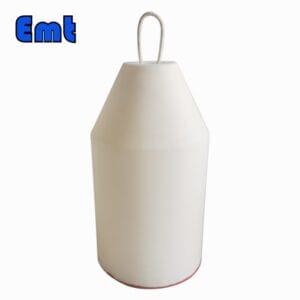
EMT LCOZ series Pipe Pigs and intelligent detection and positioning instruments are based on the pig products currently in use in China, the latest developed with computer recognition signal and automatic intelligent judgment of the new set of instruments.
The complete set of instruments eliminates the shortcomings of “false positives” of the electronic pig and the full set of instruments currently in use in China. It can accurately determine whether it is the electrical signal emitted by the electronic pig transmitter or other interfering signals. At the same time, the electrical signal it receives will become automatically adjusted, and the liquid crystal display can display and record the electrical signal it receives.
This makes it easier and more accurate to detect the location of the electronic pig in the underground pipe.
Technical parameters of pig cup accessories | |
| 1. Working medium temperature: | -40 ℃ -100℃ |
| 2. Overall length of the product: | 1.4 times DN |
| 3. The best running speed of the product: | 1 m/s |
| 4. The minimum bending radius of the product: | D≦150mm, r should meet ≧2.5DN When D≧150mm, r should meet ≧1.5 times DN |
| 5. The overall length of the product: | ordinary model ≧1.3 times DN, combined type ≧1.4 times DN Can be customized upon request |
| 6. Our company now provides the following cup accessories products | (1)Shaw A75, 80, 85, 90 hardness TDI, MDI raw materials. (2)Shaw A80, 85 hardness solvent-based products. |
| The above raw material products can be customized according to requirements. | |
Bare foam pigs, constructed primarily from polyurethane foam, are essential tools in the maintenance and operation of pipeline systems. Here are some detailed insights into their composition, uses, and benefits:
Composition and Design
Manufacturers make Pipe Pigs from open-cell polyurethane foam. They choose this material for its flexibility, lightweight, and its ability to conform to the shape of the pipeline.
Density Options: These pigs come in various densities, typically categorized as light, medium, and heavy density. Light-density foam pigs are more flexible and can navigate through pipelines with bends and uneven surfaces, while medium and heavy-density pigs provide more aggressive cleaning and are better for longer pipeline sections or those with fewer bends.
Uses of Pipe Pigs
Cleaning: They are primarily used for cleaning pipelines. They can remove loose debris, dirt, and water from the pipes, helping to maintain flow efficiency and prevent blockages.
Drying: Operators use bare foam pigs to dry the pipes after hydrostatic testing or when pipeline maintenance involves liquids. This ensures that no moisture remains that could cause corrosion or other damage.
Inspection: Although bare foam pigs do not come equipped with electronics, operators can use them alongside tools that measure and record conditions inside the pipeline, such as reductions in pipeline diameter or bends.
Benefits
Cost-Effectiveness: Polyurethane foam pigs are relatively inexpensive compared to other types of pipeline pigs, such as those equipped with brushes or gauges.
Versatility: They can be used in a wide range of pipeline diameters and configurations due to their ability to compress and expand.
Low Risk of Damage: The soft nature of the foam reduces the risk of damaging the pipeline interior, which can be a concern with more rigid pigs.
Operational Considerations
Pipeline Compatibility: Foam pigs are most effective in pipelines that lack sharp internal components or extremely rough surfaces, which could tear the foam.
Frequency of Use: Operators can frequently reuse foam pigs, depending on the specific application and condition of the pipeline. However, it is important to regularly inspect and replace the pigs to maintain their effectiveness.
Customization: Operators can enhance the functionality of foam pigs by modifying them with the addition of straps, wires, or tails. These enhancements can improve the pig’s ability to remove more stubborn deposits or facilitate easier extraction from the pipeline.
Polyurethane Test Report | ||||
| NO. | TEST PROJECT | UNIT | TEST REPORT | TEST METHOD |
| 1 | Shore hardness | Shore A | 83 | GB/T 531.1-2008 |
| 2 | DIN abrasion | mm3 | 21 | GB/T 53516-1987 |
| 3 | Akron abrasion | cm3 | 0.0518 | GB/T 1689-1998 |
| 4 | 100% stress at definite elongation | MPa | 3.41 | GB/T 528-2009 |
| 5 | 300% stress at definite elongation | MPa | 5.74 | GB/T 528-2009 |
| 6 | Tensile strength | MPa | 51.2 | GB/T 528-2009 |
| 7 | Elongation at break | % | 1263 | GB/T 528-2009 |
| 8 | Tear strength(right angle) | kN/m | 77 | GB/T 529-2008 |
| 9 | Resilience rate | % | 34 | GB/T 1681-2009 |
Pipe pigs are versatile tools used across various industries to maintain and protect pipeline integrity. In the oil and gas sector, they are crucial for cleaning pipelines of accumulated debris, which can hinder the flow and increase wear and tear. Water utilities employ them to clear and dry lines to prevent contamination and corrosion. Additionally, chemical plants use pipe pigs to ensure that no residual chemicals remain that could react with new batches. By enabling regular maintenance and inspection, pipe pigs help extend the lifespan of pipelines and ensure the safe, efficient transport of fluids, significantly reducing downtime and maintenance costs.


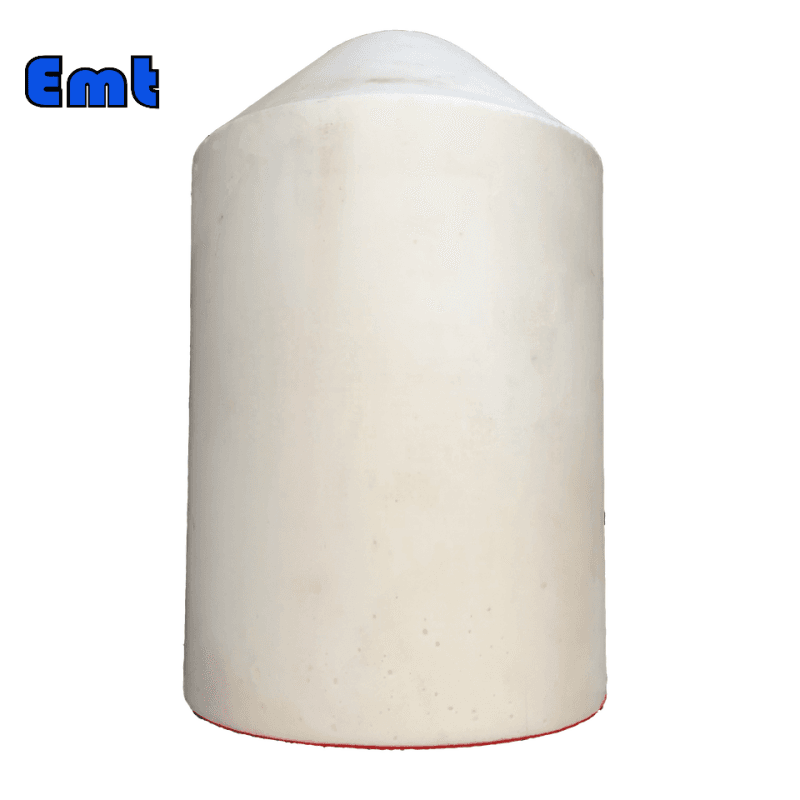
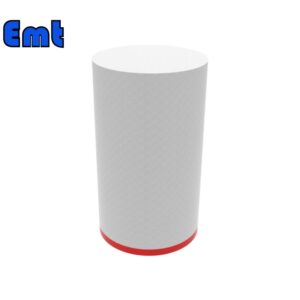
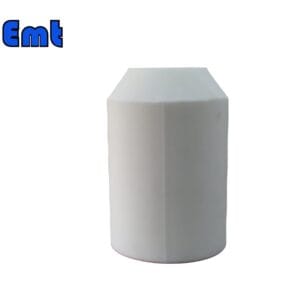
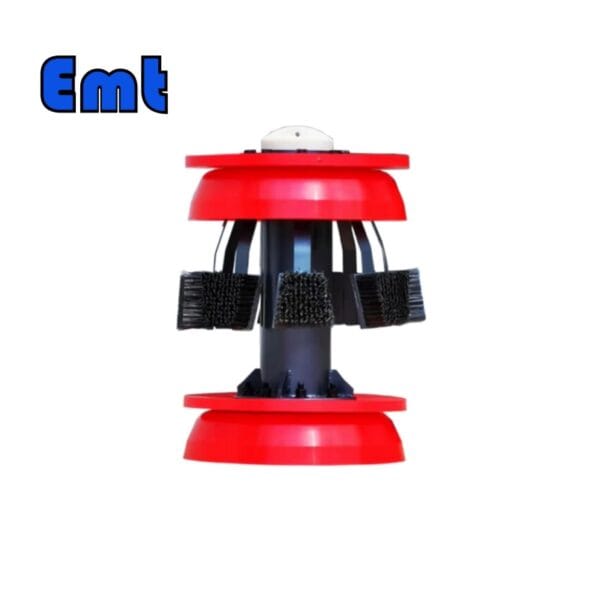
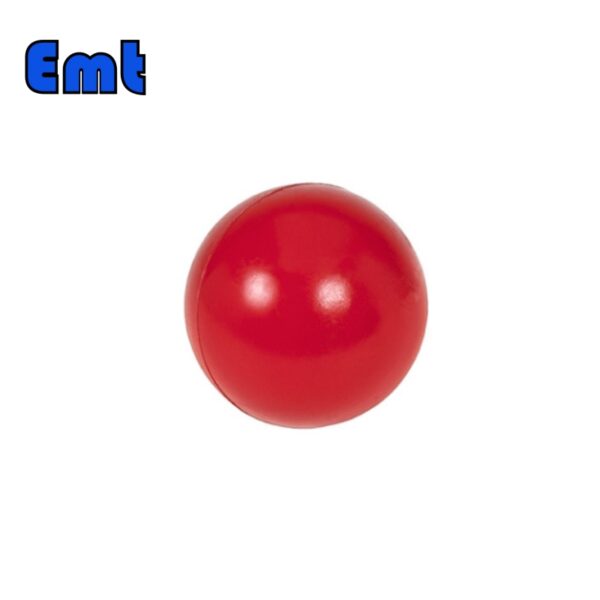
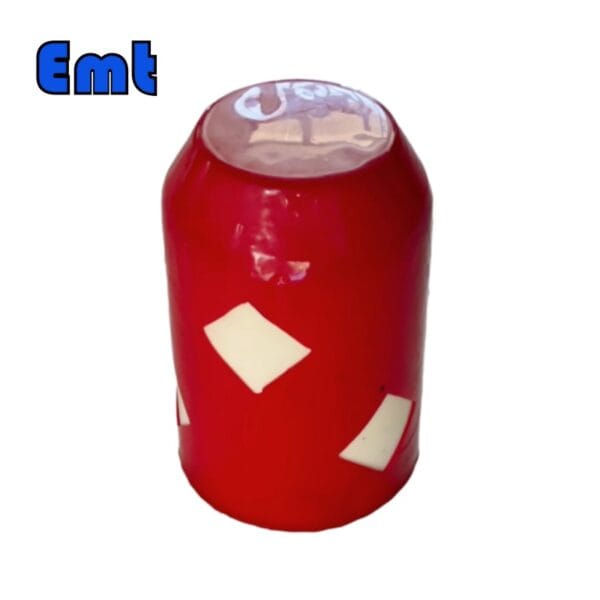
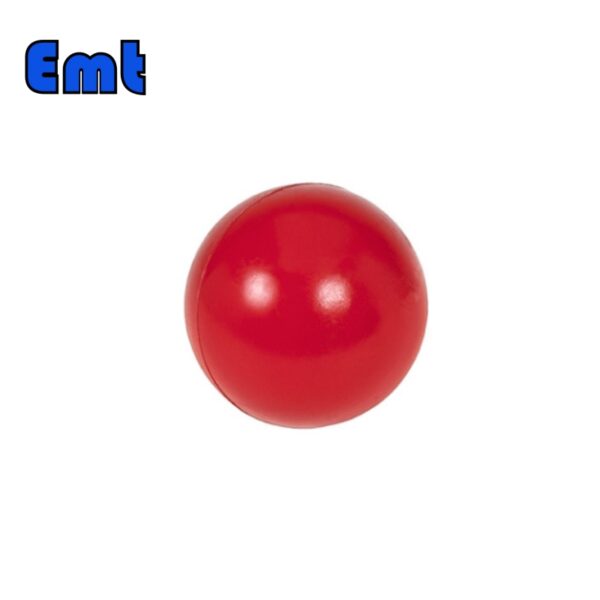
There are no reviews yet.